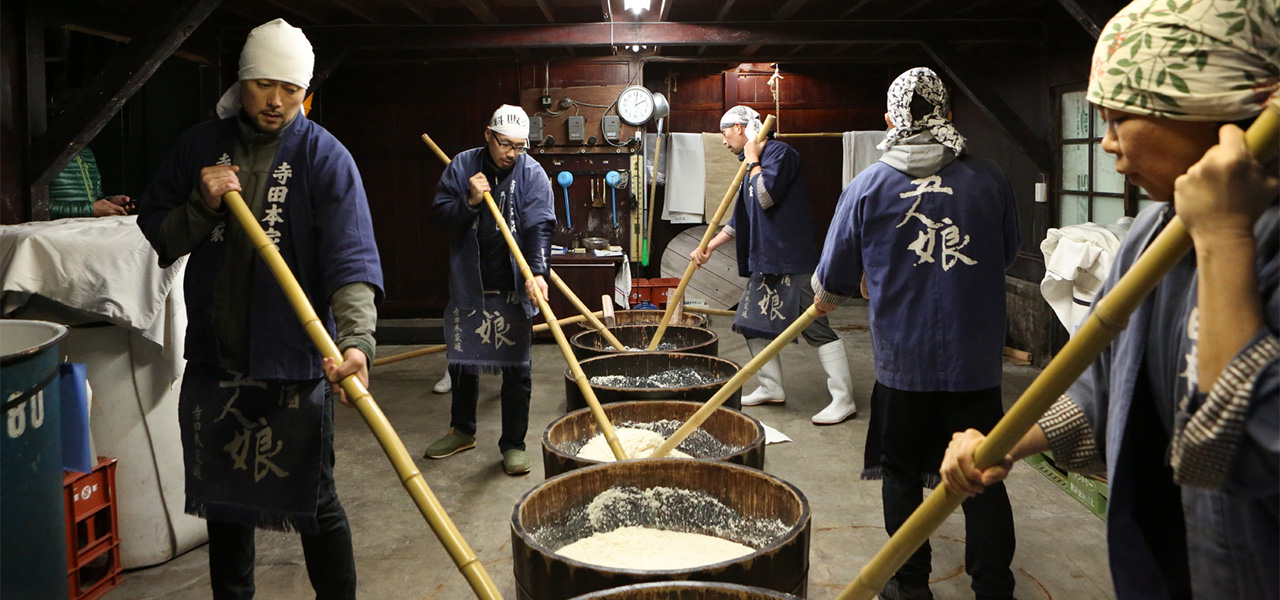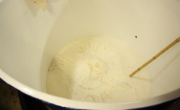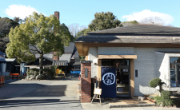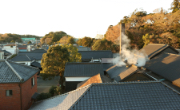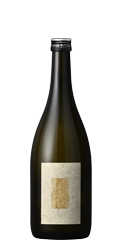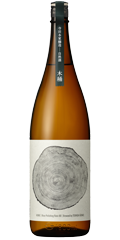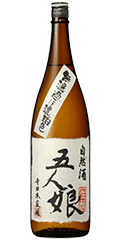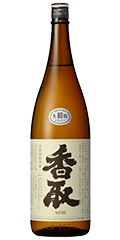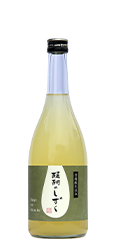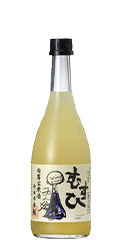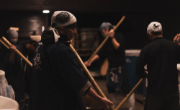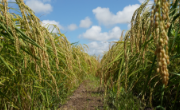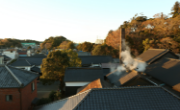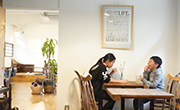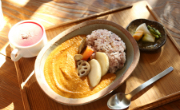Our Sake Brewing
Our Sake Brewing
Sake is the Japanese word for “rice wine” and is therefore a type of alcoholic beverage made from fermenting rice.
The alcoholic fermentation of grain occurs when the yeast eats the sugar and turns it mainly into alcohol and carbonated gas. However, the tiny yeast cannot eat the sugar contained in rice when the rice is still in starchy form. Therefore, the rice is steamed to create koji, which then converts the rice starch into sugar so that the yeast can eat it and initiate the alcoholic fermentation process.
Sake is the end product created from the workings of numerous types of microorganisms, such as koji mold, lactic acid bacteria, and yeast, which give their lives to fulfill their respective roles, passing the baton on to the next player in line and causing a natural productive chain reaction.
The main duties of a brewer are to listen carefully to what the microorganisms are saying and to help them do their jobs as successfully as possible by providing an environment that’s comfortable for them to be actively involved in the fermentation process.
The more these microorganisms work vigorously and resonate with one another, and the more they live out their lives energetically, the higher in quality the sake becomes and the more authentic it becomes as well.
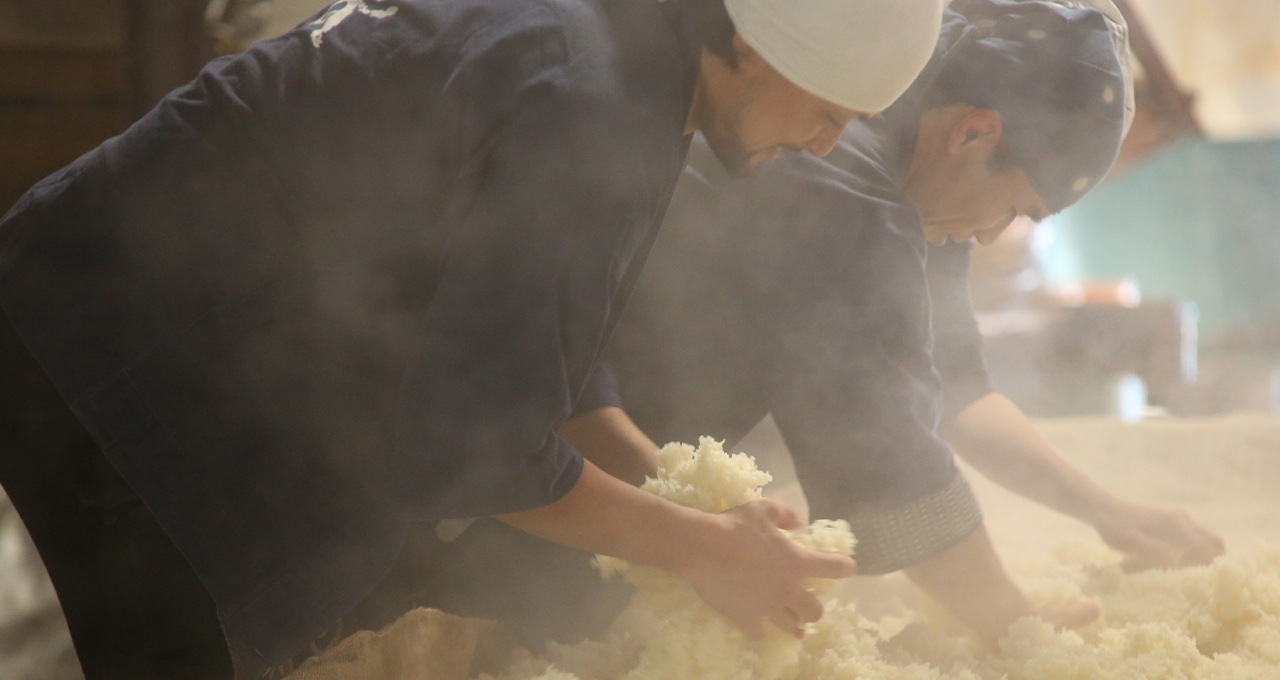

Rice farming
We use two sources of rice for our sake brewing. One is rice carefully grown by contracted farmers, and the other is rice grown in our very own rice paddy.
Thanks to the diligent efforts of the contracted farmers, all the rice that we currently use has been pesticide-free since 2010.
In our own rice paddy, which we completely farm ourselves, seasonal events are held every year, from rice planting in spring and weeding in summer to rice harvesting in autumn. These events are joined by many people, both young and old. Small children coming to these events for the first time tend to hesitate stepping into the muddy ground in the beginning. However, they soon get used to it and start running around in bare feet, chasing the small insects that they spot in the field. The rice planted in this paddy is constantly blessed with smiles and cheers wishing for a healthy harvest.
When winter comes, all the rice that grew vibrantly, absorbing the year’s laughter and good times or embracing the loving care of the contracted farmers, is then used to start preparing the sake-making process.

Mother water
Since inception, we continue using the sacred water abundantly gushing out from the spring at Kozaki Shrine as our “mother water.”
This sacred water, filled with life, is activated further by filtering it through an activator and pouring it into a tank that contains high-grade charcoal, which effectively breaks down the water molecules and enhances the life force of the microorganisms within.

Rice washing/steeping
The rice is washed carefully and graciously, with a sense of gratitude. The amount of water that the rice absorbs during the washing and steeping process varies depending on the variety of the rice and the farming method applied by the producers. So, the team in charge of rice washing and steeping is always nervously observing the condition of the rice as it absorbs the water, using a stopwatch to count the time in seconds, then stopping the steeping process at exactly the right moment. This is an important process, as the amount of water absorbed into the rice will affect the condition of the steamed rice, the penetration of the koji mold in the incubation stage, and eventually how the rice dissolves in the fermentation stage later on.

Steaming
The rice is steamed in a large wooden vat known as a koshiki.
In the wintertime, the brewers start working from very early, transferring the carefully washed rice into the koshiki vats.
When the winter preparation phase reaches its peak, as much as one ton of rice is steamed at once. Tengai, the cotton cloth that covers the koshiki vats, swells with rising steam and tension. The vapor from the steamer eventually reaches the ceiling of the brewery and escapes outside. The whitish hot air rising above the brewery roof is even visible from afar during the winter mornings.

Cooling
One brewer standing on the platform attached to the koshiki digs out the steamed rice with a shovel and transfers it, portion by portion, into a wooden barrel. Each barrel filled with steamed rice would weigh around 15 kg, but another brewer that comes to pick it up easily carries it away and runs easily to the area where hemp cloths are laid over wooden frames to spread the rice out, so other brewers can work on it immediately.
The team of brewers immediately spread out the hot rice with their hands. When they confirm that the rice has reached the right temperature in the freezing cold room, they once again carry the rice and hop on over to the koji chamber or to where the mash tank is located.
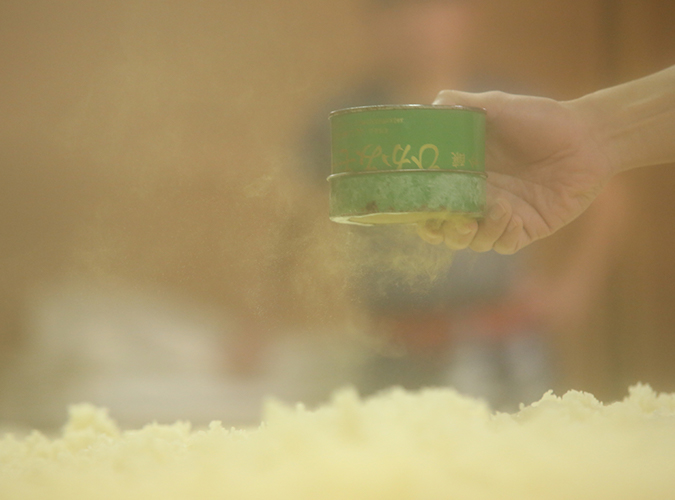
Seed koji
In the past, we used to buy seed koji, a bag of koji spores from a supplier known as a “moyashiya-san,” who specializes in the production and sale of seed koji.
However, from the winter preparation phase of 2016, we started cultivating our own seed koji fully in-house. We decided to do so because we had the aspiration of creating sake purely from natural blessings in order to make it “the best of all medicines,” as the old saying goes. After going through repeated trial & error, we finally succeeded in cultivation, using only the koji mold inhabiting our own brewery.
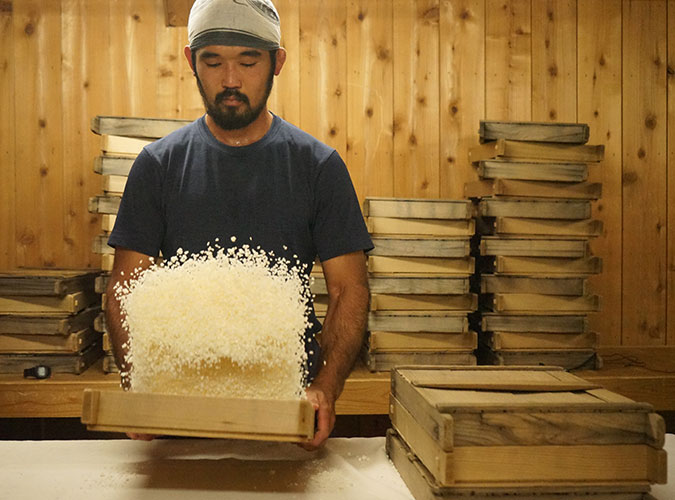
Koji making
Koji making is considered the most-important stage of the sake-brewing process. In our koji chamber, the ceiling, walls, and floor are all covered with charcoal powder so as to create an environment where the microorganisms can feel comfortable in performing their respective roles. When the steamed rice at an optimal temperature is brought into this chamber, yellow koji mold spores are sprinkled over the rice right away before the temperature of the rice falls. They are then mixed with the rice to ensure that the spores will be distributed evenly.
The brewers meticulously then help the koji mold perform their work actively by maintaining the temperature and humidity in the chamber at a level that suits the microorganisms best. The koji cultivation process continues for two full days (four days in the case of brown rice) in this chamber, which is kept at an optimal condition throughout this phase.
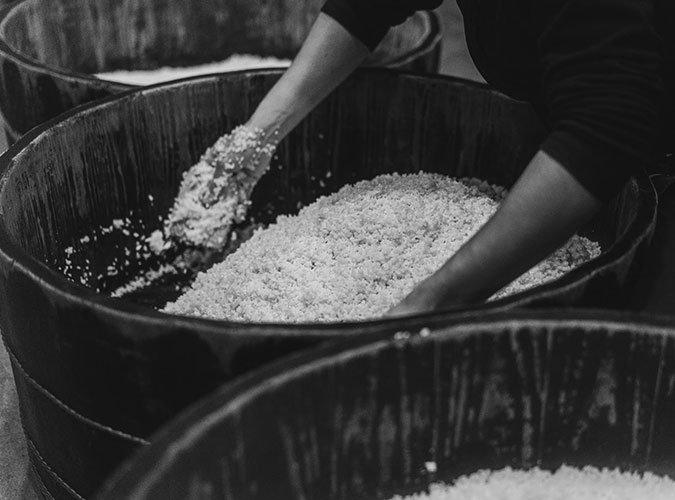
Temoto
The preparation of the starter for kimoto making is called “temoto.” It begins from one day before the actual process of kimoto making starts.
After adding small portions of “mother water,” steamed rice, and koji in half-cut barrels, the brewers start stirring these ingredients evenly from the evening and continuously until next morning, by taking turns. This overnight process performed amid a freezing cold winter is very important for the successful preparation of the starter for kimoto making.
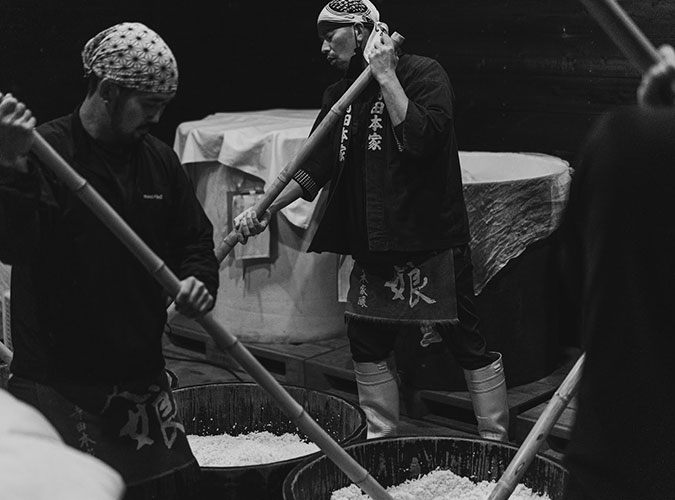
Yamaoroshi (motosuri)
The process used to grind the steamed rice and koji until they are blended together well and smooth is called “yamaoroshi” (also known as “motosuri”). Through this process, an environment that can promote the fermentation of powerful yeast is created via the collaboration of nitrate-reducing bacteria, lactic acid bacteria, and yeast fungi that gather around naturally.
While we sing traditional songs about motosuri in unison and as we measure the precise length of time needed to be spent for this process, we synchronize not only our breathing but also our heart and soul.
We actually feel that the microorganisms can hear us. We sing so as to invite them to join us in making the kind of sake that can make everybody jolly and happy as they drink.
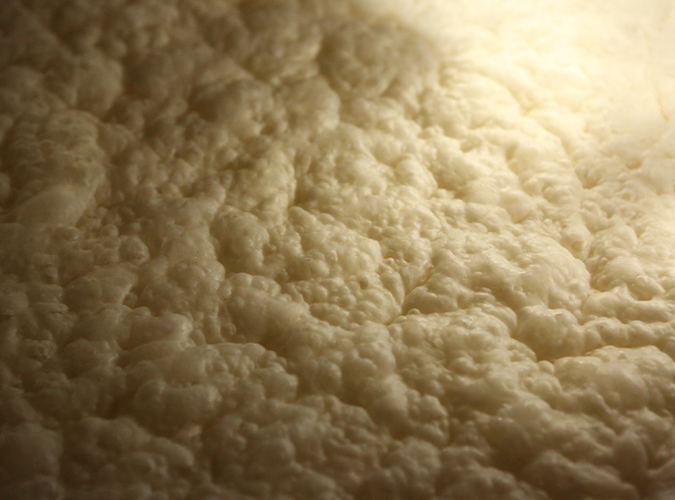
Making the yeast starter (shubo)
After completing the yamaoroshi (motosuri) process, the raw mash made from well-blended steamed rice and koji is poured into a small tank and fermented for the next 30 to 40 days so as to create the yeast starter known as “shubo.”
These 30 to 40 days are a period during which we wait quietly for the microorganisms to assemble. Sometimes they may not gather as we expected, but we just stay patient and wait for the moment that they all arrive and begin reacting with one another.
Patience is the key, as the time will eventually come.
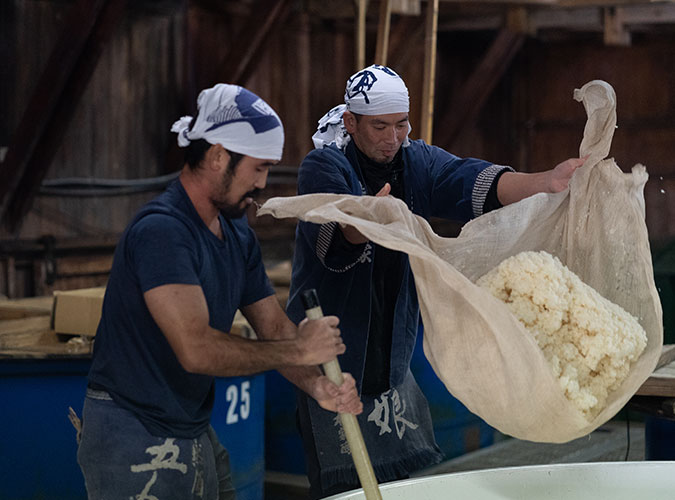
Making the main mash
Once the koji and yeast starter are both fully prepared, it is finally time to kick off the main process of sake brewing.
The main mash known as “moromi” is made through a process that starts from pouring the fully prepared shubo into a larger tank and then adding the koji, steamed rice, and water in three stages called “sandan jikomi,” while the mix ferments and the yeast gradually grows and spreads for the next 30 days or more. This three-step approach is said to be the best way to promote fermentation while maintaining the superior properties of the yeast.
In the mash, the saccharification of the steamed rice gradually occurs due to the power of koji. As the yeast eats more sugar, it ferments more and releases alcohol. This process of saccharification and fermentation occurring simultaneously is known as “multiple parallel fermentation,” which is a fermentation method originally developed in Japan and rarely applied elsewhere.
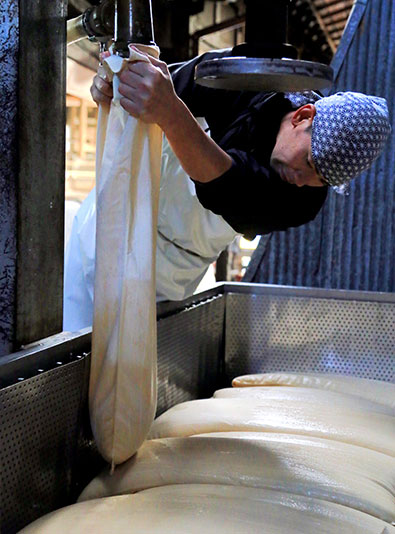
Pressing
We watch and listen to the microorganisms carefully, and we then eventually determine the precise timing at which to stop the fermentation of the mash based on what we see. Then comes the next stage, which involves pressing the fully prepared mash. In this stage, the mash is divided into liquid squeezed out of the compressed mash, which is the newly brewed sake, and the remaining solid mash, which results as the sake lees. The newly brewed sake is amber-colored and tastes fresh, leaving a sizzling sensation in the mouth due to the carbonated gas contained in the extracted liquid, along with the strong, lasting flavor of koji.
By the time when the newly brewed sake is fully extracted from the mash, the season will have changed to early spring. The new sake is then put to rest in the brewery until it ages. Some brands are developed from aging the newly brewed sake as-is, while others have it pasteurized before it is aged.

Aging/bottling
From the old days, the sake brewed through the traditional kimoto method is said to taste good and to be ready for serving by around September 9, when the Double Ninth Festival (known as “Choyo no Sekku” in Japanese) is held to celebrate the ninth day of the ninth month according to the lunar calendar.
The slow aging process runs throughout the summer. As the season starts changing from summer to autumn, the new sake becomes more mellow with increased umami flavor, transforming itself into a well-balanced and tasteful rice wine.
To carry and pass on the cumulative experiences and wisdom of past master brewers to the next generation and beyond, we have also set September 9 as the date at which to take the fully matured sake out of storage every year.
